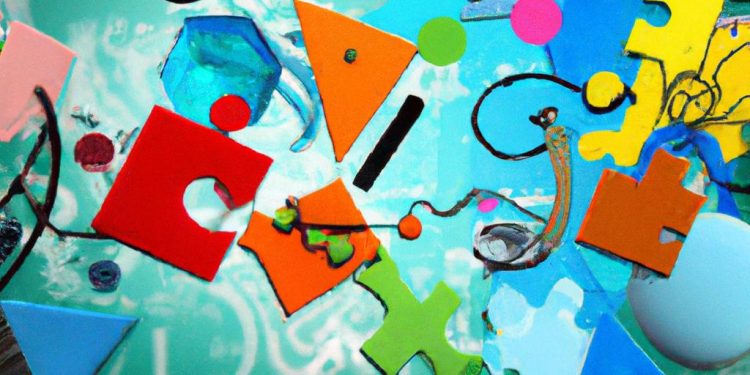As a vibrant sunrise signals the start of a new day, so too the winds of change are bringing fresh approaches to traditional education. Students, like sprouts in fertile soil, aren’t only absorbing knowledge within the confines of four walls and a chalkboard anymore. Instead, they are being thrust into the hands-on realm of Project-Based Learning (PBL), where real-world experiences serve as their best teachers. Our article, “Real-World Ready: PBL Strategies for Student Success”, initiates you into this exciting educational frontier, where students don’t just memorize facts; they learn to solve problems, think critically, and apply their skills in contexts mirroring the realities of life. Prepare to be enticed as we explore how PBL is transforming students into agents of their own learning, and paving vibrant pathways to their future. In the contemporary educational landscape, Project Based Learning (PBL) has emerged as a proven approach in preparing students for real-world challenges. Replacing rote learning with this innovative method not only makes the learning process more engaging, but it also equips students with requisite skills for the future. To implement PBL effectively in your curriculum, educators need to identify specific learning goals, design challenging projects, and promote team collaboration and self-management.
PBL is not just about handing over a project and waiting for the result. It requires students to investigate complex, real-world issues and develop their solutions. Creating these opportunities stimulate curiosity, drive knowledge application, and foster critical thinking. A well-designed PBL environment can be fostered by incorporating technology, emphasizing communication and collaboration, and encouraging students to take ownership of their learning.
- Technology Integration: Educational technology tools can massively aid PBL. From research to presentation, tech tools can make every phase of the project more productive and exciting.
- Communication and Collaboration: PBL is a team sport. Hence, it’s crucial to cultivate a class environment where students can express their ideas freely and contribute to team goals.
- Student Ownership: Ultimately, PBL success depends on how much ownership students take of their projects. Teachers need to step back and guide students rather than direct, encouraging them to explore, experiment, and learn on their own.
Building a PBL strategy is a continuous process, it involves constant refining and improvisation. The capability to make learning versatile, useful, and enjoyable is the best foundation for success we can provide to our students.
| Stages of PBL | Action Points |
|---|---|
| Setting Goals | Connect learning goals to real-world problems |
| Designing Projects | Ensure challenging yet achievable projects |
| Team Collaboration | Promote a culture of team effort and discussion |
| Self-Management | Guide students to take responsibility for their individual and group learning |
In conclusion, the real-world isn’t a well-defined theory or a multiple-choice question; it’s a complex, dynamic labyrinth of challenges, opportunities, nuances, and unpredictabilities. Preparing students for what’s on the horizon necessitates an innovative, engaging, and practical approach. Project-based Learning offers precisely that, and more. Embroidering a rich tapestry of skills such as critical thinking, collaboration, creativity, and communication, PBL crafts students into pragmatic problem solvers and lifelong learners. As we bid adieu, let’s fuel this shift from traditional classrooms to laboratories of real-world learning where students aren’t just spectators but active participants in their educational journey. Realigning today’s education with PBL, we could shape not just successful students, but inspiring leaders, passionate innovators, and responsible global citizens. So, are we real-world ready?



